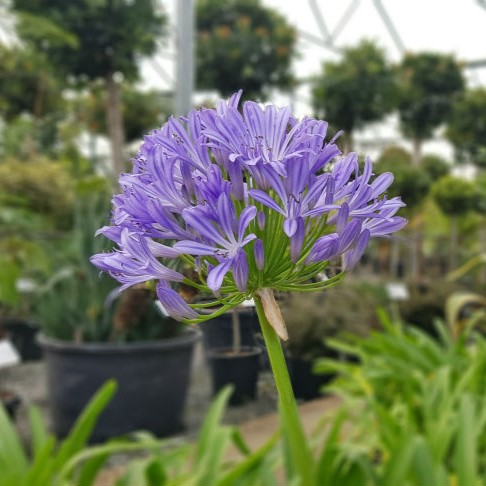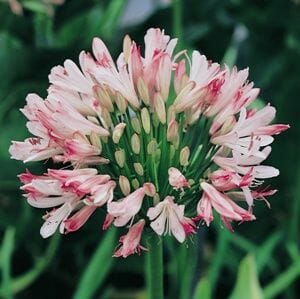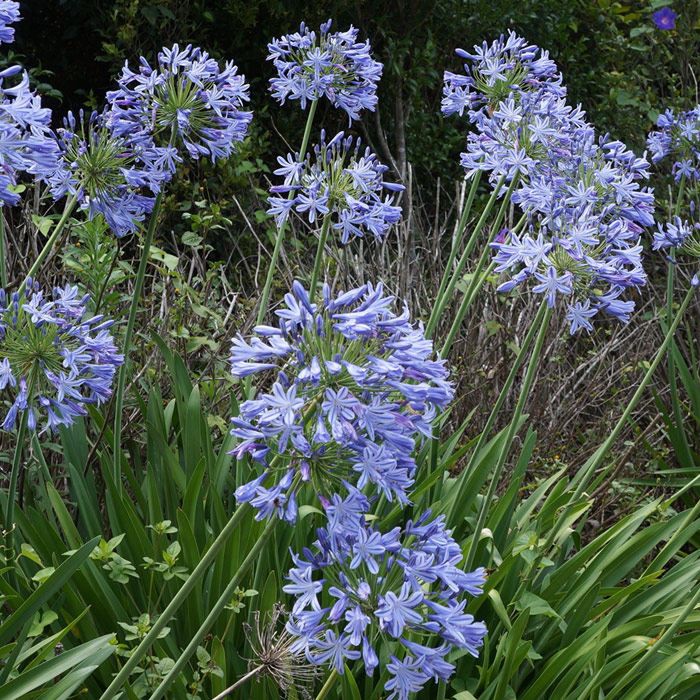Agapanthus Growing Problems: Soil, Sunshine, and Watering
Agapanthus Growing Problems: Soil, Sunshine, and Watering
Blog Article
Grasping the Art of Agapanthus Care: Necessary Actions for Healthy Growth and Vivid Blooms
In the realm of gardening, the growing of agapanthus stands as a satisfying undertaking for those that look for to support these sophisticated blooming plants. With their striking blooms and stylish foliage, agapanthus has captured the attention of gardeners worldwide. However, attaining optimum development and lively blooms needs a nuanced method that incorporates numerous crucial actions. From picking the appropriate selection to mastering trimming techniques, the journey in the direction of growing growing agapanthus plants is complex and holds the essential to opening the complete potential of these botanical gems.

Picking the Right Agapanthus Variety

When selecting the appropriate Agapanthus range for your yard, think about factors such as climate viability, bloom shade, and growth behavior. Furthermore, take into consideration the climate in your area to guarantee the Agapanthus range you pick can prosper in your details conditions. Recognizing the development habit of different Agapanthus selections is important for proper placement within your yard.
Ideal Growing Problems
Taking into consideration the ideal ecological demands is crucial for successful Agapanthus farming. Agapanthus plants are sensitive to cold temperature levels and need to be safeguarded from frost throughout wintertime months.
To make certain healthy growth and vibrant blooms, plant Agapanthus bulbs at a depth of about 2-4 inches and room them 8-12 inches apart. Including raw material, such as garden compost, to the soil can enhance drainage and fertility, promoting durable root growth. Mulching around the base of the plants assists preserve moisture and suppresses weed development. Regular watering is essential, specifically throughout the expanding season, to keep the dirt constantly damp but not waterlogged.
Watering and Feeding Tips
Preserving proper wetness degrees and offering vital nutrients are essential elements in the care routine for Agapanthus plants. When it comes to watering Agapanthus, it is critical to strike a balance. These plants like consistently wet soil but are at risk to root rot if find out here now overwatered.
Feeding Agapanthus is crucial for advertising healthy growth and prolific blooms. Apply a well balanced plant food, such as a 10-10-10 formula, in the early spring as brand-new growth arises. By complying with these watering and fertilizing pointers, you can useful link ensure your Agapanthus plants grow and create dynamic, resilient blossoms.
Trimming Strategies for Agapanthus
Trimming Agapanthus plants at the suitable times and with appropriate techniques is essential for maintaining their wellness and promoting optimum development and flowering. The excellent time to trim Agapanthus is in late wintertime or early spring prior to new growth arises.
Deadheading invested flowers can additionally redirect the plant's energy into generating even more flowers rather than setting seeds. If you desire to collect seeds for proliferation, leave some blossoms to mature and completely dry on the plant.
Keep in mind to use tidy, sharp devices to make precise cuts and lower the risk of presenting diseases. Agapanthus. Normal pruning will certainly help keep your Agapanthus looking healthy look at these guys and cool while ensuring a bountiful screen of lovely blooms
Managing Common Bugs and Diseases
After making certain correct pruning methods for Agapanthus, it is necessary to attend to typical bugs and conditions that can influence the health and vitality of these plants. One common pest that affects Agapanthus is the Agapanthus gall midget.
One more common problem is fungal leaf place, which presents as dark lesions on the leaves. To avoid fungal diseases, guarantee great air flow around the plants, prevent above watering, and remove any type of infected leaves quickly. Additionally, Agapanthus plants can deal with root rot if they are grown in improperly draining pipes dirt. To stop this, plant Agapanthus in well-draining dirt and prevent overwatering. By being alert and taking timely action versus illness and pests, you can assist your Agapanthus plants thrive and generate vivid flowers.

Conclusion
In final thought, understanding the art of agapanthus care includes picking the best selection, supplying ideal planting problems, correct watering and feeding, suitable pruning methods, and addressing common insects and illness. By adhering to these important steps, you can guarantee healthy and balanced development and vibrant blooms for your agapanthus plants. Keep in mind to consistently monitor and maintain your plants to promote their overall wellness and durability.
To make sure healthy and balanced development and lively blossoms, plant Agapanthus light bulbs at a deepness of concerning 2-4 inches and room them 8-12 inches apart. By following these watering and feeding ideas, you can ensure your Agapanthus plants thrive and create dynamic, long-lasting blooms.
One common bug that influences Agapanthus is the Agapanthus gall midget. In addition, Agapanthus plants can endure from origin rot if they are planted in inadequately draining dirt. By following these necessary actions, you can make certain healthy development and dynamic flowers for your agapanthus plants.
Report this page